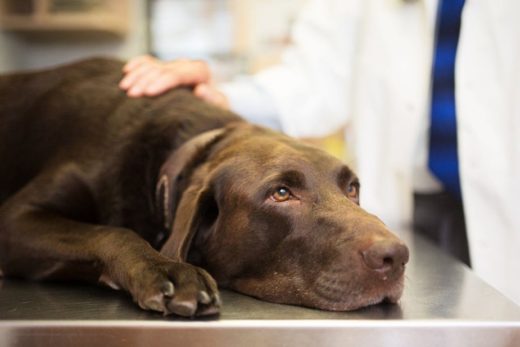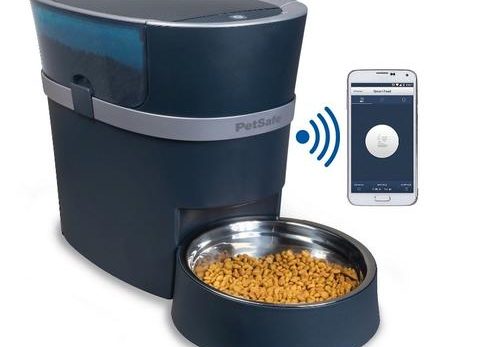Your dog deserves the best dog food, right? Well, deciding which food truly is better for your senior dog is easier said than done for most dog owners. The task of picking the perfect food for your dog is complicated by the fact that not all dogs’ needs are the same. Furthermore, your senior dog’s dietary demands change as they age.
So, how can a responsible dog owner choose the best dry dog food for their senior dog? First, it’s vital to choose quality ingredients. Second, it’s important to understand your older dog’s individual needs. Not sure where to start? No problem. This article will thoroughly cover both.
How Does an Older Dog’s Dietary Requirements Change?
Dogs age differently than we do. Furthermore, different dog breeds age at different rates. That’s right. That simple equation of multiplying human years by 7 isn’t accurate.
So, the first thing you need to do if you’re a dog owner is decide when your doggo is a true senior. This will let you know when to switch your dog’s dry food to a “senior” recipe.
When Does Your Dog Become a Senior?
On average, the first two years of a dog’s life equal approximately 10-human years [1]. After three years of age, your dog’s life progresses a little more slowly, at the rate of 1 human year equalling 4 dogs years.
Yet this math doesn’t hold true for every dog since the size, diet, and health history also play a role in your dog’s age.
Large and giant dogs age more rapidly and are considered senior dogs once they hit the 5 to 6 year mark.
But if your dog has dealt with (or currently has a health condition), this can speed up the age processing.
Of course you can simply look for the signs that your dog is getting a bit grey around the muzzle, such as:
-
-
-
- Trouble seeing or hearing well
- Weight gain
- Lower energy
- Joint pain or arthritis
- Yellowing and worn down teeth
- Loss of fur
- Confusion
- Generally moving slower
- Sleeping more
-
-
Understanding Changes in Your Senior Dog’s Diet

Many of the changes you see in your dog are external and obvious. Others are internal and less apparent. However, these changes need to be accounted for in your dog’s dry dog food.
Smaller Kibble Size
Your dog’s teeth naturally become more worn down. Older dogs also tend to experience more dental pain. Switching your senior dog to a kibble that is easier to chew can alleviate these issues, allowing them to chew their food more thoroughly and without discomfort.





